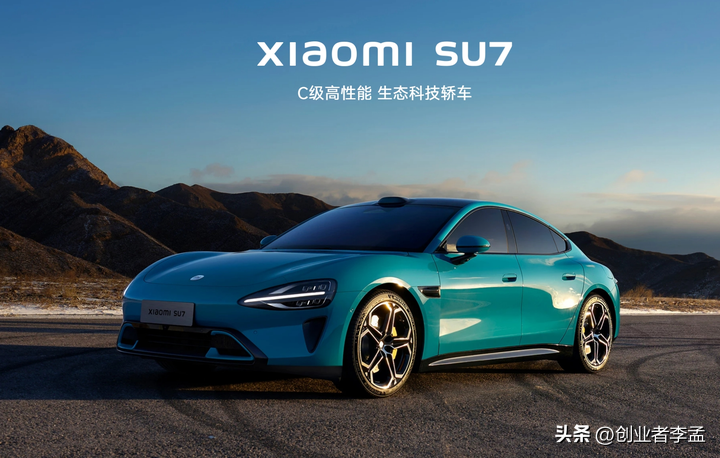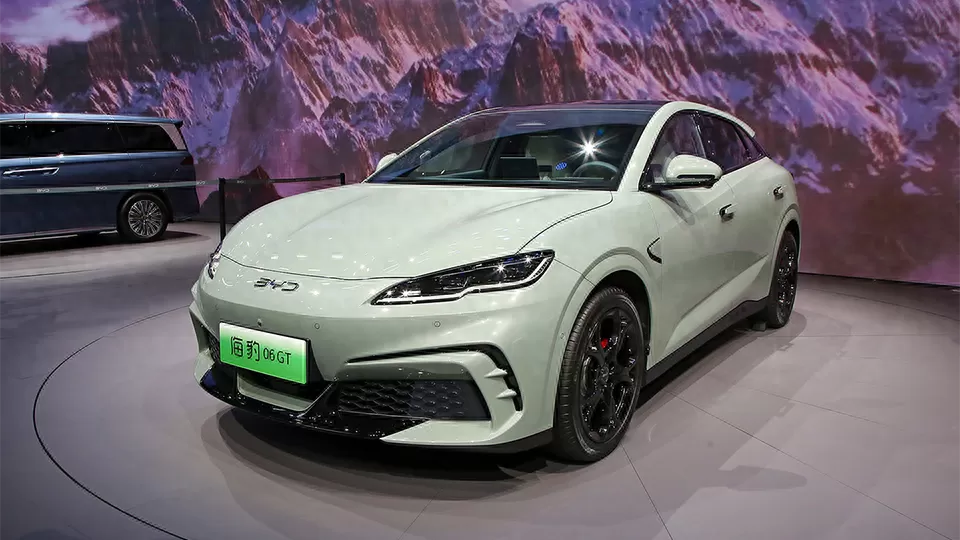200.000 yuan was once the golden threshold in the fuel vehicle market, and now it plays a similarly critical role in the new energy vehicle sector. Domestic brands are showcasing their strengths, and even joint ventures are adjusting their strategies. In this fiercely competitive field, the Lynk & Co Z10 and BYD Han EV stand out as shining stars, capturing the attention of numerous consumers. One represents the rising star of the fuel car era, while the other is a pioneer in the new energy field. As they face off in the 200.000-yuan market, the question is: which one will win over consumers' hearts?
Lynk & Co, a high-end brand under Geely, has carried a trendy DNA since its inception. Its bold designs, rich configurations, and solid performance have quickly made it a favorite among young consumers. The Z10. as Lynk & Co’s flagship in the new energy sector, takes this youthful style to the extreme. With sharp lines and dynamic shapes, it constantly flaunts its distinctiveness, seemingly declaring a break from traditional fuel cars.

BYD, a leader in the new energy vehicle field, has invested years in battery technology, with its Blade Battery being renowned for safety and reliability. The Han EV, BYD's flagship sedan, has attracted significant attention since its launch. Its elegant appearance, spacious interior, and impressive range have left a strong impression on consumers. If the Z10 represents youth and vitality, the Han EV seems more like a seasoned scholar, winning people over with strength and advanced technology.
When it comes to exterior design, opinions vary. Some prefer the Z10’s bold and assertive style, while others are drawn to the Han EV’s composed and grand demeanor. The Z10 adopts Lynk & Co’s family design language, with its distinctive split headlights, black roof, and red brake calipers, exuding a strong sporty vibe. Meanwhile, the Han EV uses BYD’s latest “DF” design language, with sleek body lines and a flowing profile, complemented by through-type tail lights that enhance its refined and elegant look.
In terms of body size, the Z10 holds a slight edge. It measures 4.980 mm in length with a 2.999 mm wheelbase, slightly longer and wider than the Han EV. This gives the Z10 a more spacious interior, particularly in the rear legroom, ensuring comfort even on long journeys. The Han EV is not far behind, with a length of 4.995 mm and a wheelbase of 2.920 mm. While its dimensions may be slightly smaller on paper, it still provides a superior experience, more than enough for daily family use.
Inside the cabin, both cars adopt minimalist designs, with large central control screens as focal points, adding to the tech-forward feel. The Z10’s interior leans toward a youthful aesthetic, featuring extensive soft-touch materials and red stitching to create a sporty atmosphere. On the other hand, the Han EV’s interior exudes a more streamlined and stately vibe, with wood trim elements adding a touch of calmness, aligning with its positioning as a business sedan.

In terms of performance, both cars offer multiple powertrain options to cater to different consumer needs. The top-tier Z10 model comes equipped with dual motors front and rear, delivering a maximum power of 380 kW and a peak torque of 768 Nm, allowing it to accelerate from 0 to 100 km/h in just 3.8 seconds, comparable to high-performance vehicles. Similarly, the top-spec Han EV also features dual motors front and rear, with a maximum power of 480 kW and a peak torque of 700 Nm, achieving a 0-100 km/h time of 3.9 seconds, showcasing equally impressive performance.

When it comes to range, both vehicles offer multiple versions, with the long-range Z10 boasting a CLTC range of up to 620 km. The Han EV, on the other hand, offers an even longer CLTC range of 715 km, positioning both models at the forefront of their class.
In terms of intelligent features, both cars are equipped with a wealth of advanced technologies, including adaptive cruise control, lane-keeping assist, automatic emergency braking, 360-degree panoramic cameras, and automatic parking. These features enhance driving safety, convenience, and comfort for users.
In terms of pricing, both vehicles start at around 200.000 yuan. The Z10’s base model starts at 199.800 yuan, while the Han EV starts at 209.800 yuan. The final price will depend on the specific configurations and potential dealer discounts.
Lynk & Co Z10 and BYD Han EV are both outstanding contenders in the 200.000-yuan new energy sedan market. Each has its strengths, capable of meeting consumers' expectations for a high-quality, high-value new energy vehicle. The ultimate choice between them depends on individual needs and preferences.






